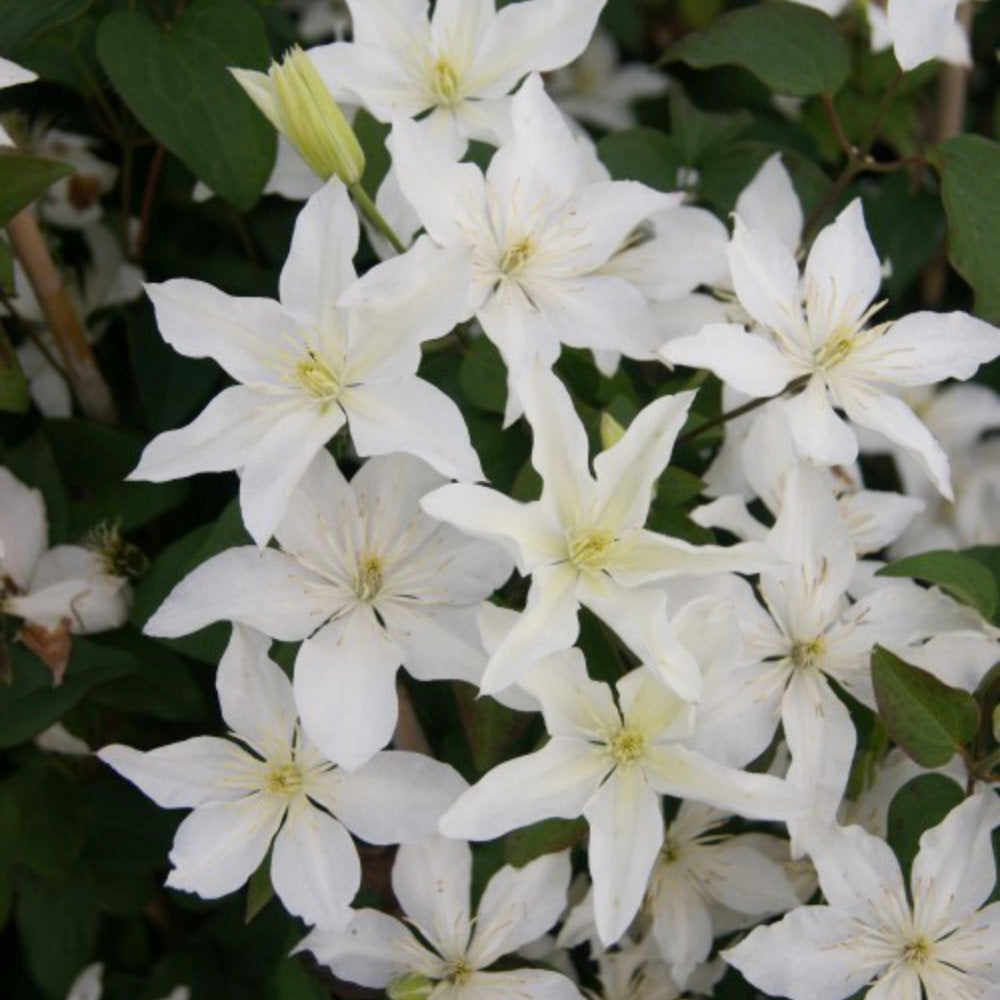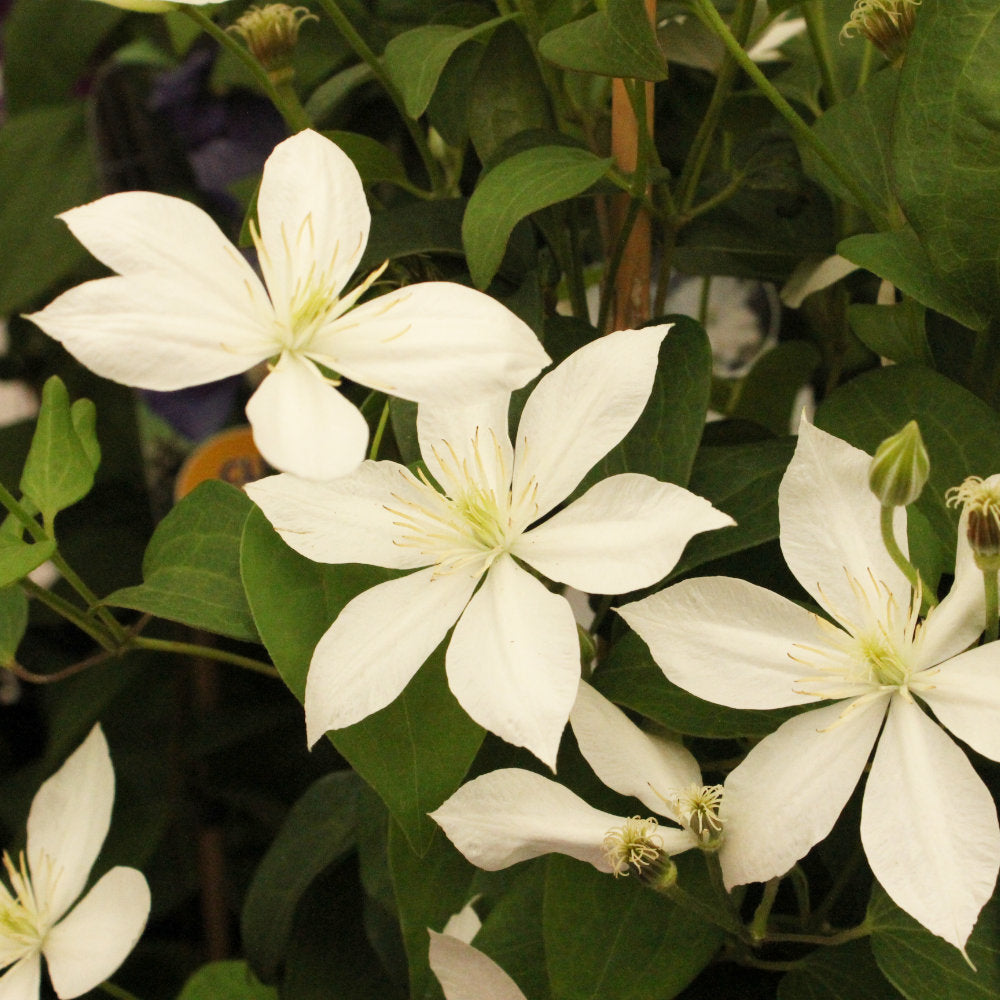Clematis 'Baby Star'
Clematis 'Baby Star'
Climbing Clematis
Climber, 80-100cm, 3L pot
Despatched within 2-4 weeks


Key features





Description
Clematis 'Baby Star' is a slow-growing, compact climber with pretty white, star-shaped flowers. The blooms emerge around late spring and then again from mid to late summer and sometimes through to early autumn for prolonged interest.
Clematis 'Baby Star' is a great choice for smaller gardens, patios and container planting, reaching an approx. height and spread of 1.5 x 1 metres. Like all Clematis, this climber prefers a full sun position with the roots in the shade.
Clematis 'Baby Star' belongs in Clematis pruning grouping 2.
| Small shrubs (1-3) | Young trees & 4+ small shrubs | Select semi-mature trees & shrubs (1-4) | All other mature trees (any quantity) | |
|---|---|---|---|---|
| Mainland UK ex. Scottish Highlands | £10 | £12 | £35 | from £55 |
| Scottish Highlands & the Islands | From £30 | |||
| Outside Mainland UK | Currently we are unable to deliver outside of Mainland UK | |||
Product Details
Key features





Description
Clematis 'Baby Star' is a slow-growing, compact climber with pretty white, star-shaped flowers. The blooms emerge around late spring and then again from mid to late summer and sometimes through to early autumn for prolonged...
Clematis 'Baby Star' is a slow-growing, compact climber with pretty white, star-shaped flowers. The blooms emerge around late spring and then again from mid to late summer and sometimes through to early autumn for prolonged interest.
Clematis 'Baby Star' is a great choice for smaller gardens, patios and container planting, reaching an approx. height and spread of 1.5 x 1 metres. Like all Clematis, this climber prefers a full sun position with the roots in the shade.
Clematis 'Baby Star' belongs in Clematis pruning grouping 2.
Planting & Care
Delivery Information
| Small shrubs (1-3) | Young trees & 4+ small shrubs | Select semi-mature trees & shrubs (1-4) | All other mature trees (any quantity) | |
|---|---|---|---|---|
| Mainland UK ex. Scottish Highlands | £10 | £12 | £35 | from £55 |
| Scottish Highlands & the Islands | From £30 | |||
| Outside Mainland UK | Currently we are unable to deliver outside of Mainland UK | |||
MORE TO GROW YOUR GARDEN
















